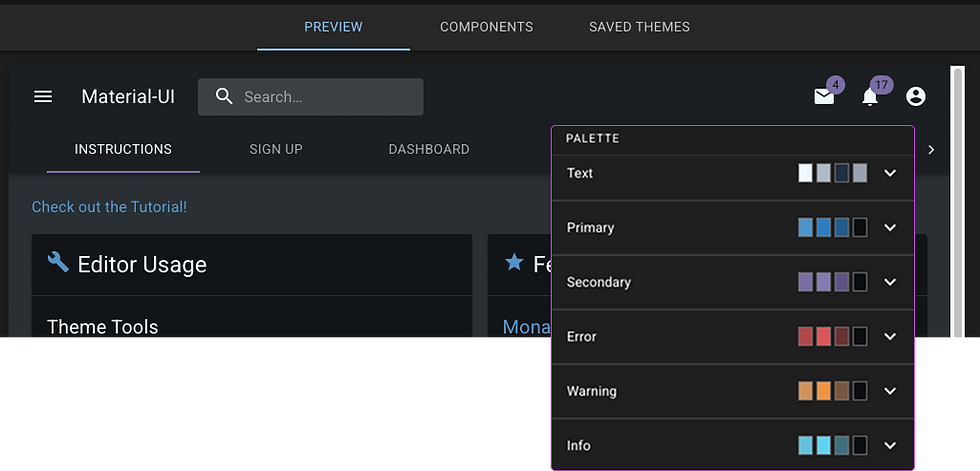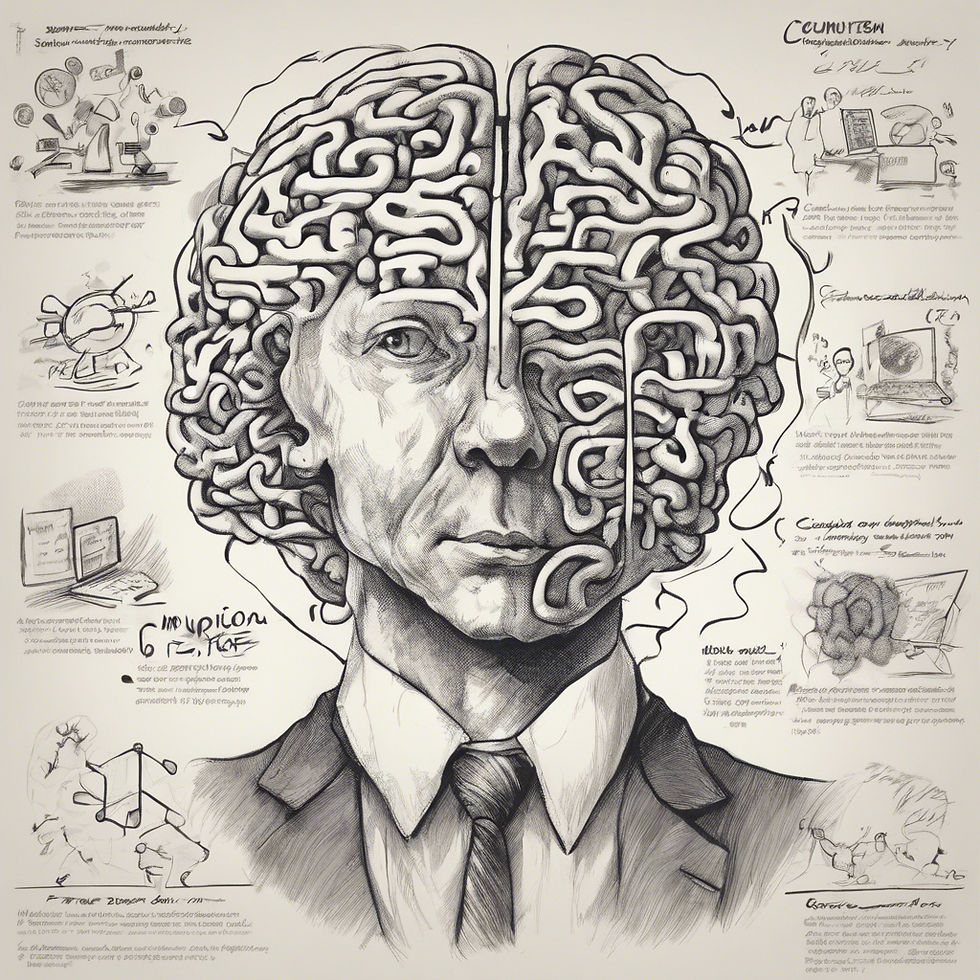Design’s Iterate Advantage
- Curtis Blair
- Apr 5
- 2 min read

Iteration, an Experimental Mindset
UX design excels because of its iterative approach, an experimental mindset, that uses sketches, interviews, research, wireframes, and feedback to solve complex user problems. Designers understand the value of the iterative process, but often get stuck in a cycle of learning new trends and design patterns without actually putting them into practice; creating a gap between knowledge and action. To overcome inaction, UX Designers need to move beyond theorizing and create small research experiments and test their design concepts. Small informative experiments help designers adapt to time constraints, incorporate user feedback, and validate our design decisions effectively.
Continuous Learning: Reframing Failure
Designers are problem-solvers, gathering diverse user insights and project requirements to build experimental solutions that are tested through rapid prototype iterations. By conducting user testing, and cognitive walk throughs, designers observe real user interactions, rather than relying on assumed behavior. Rapid prototyping allows designers to challenge assumptions, advocate for users, and effectively navigate complex design challenges. Think of each testing session and design critique as a tiny experiment that produces results, even negative outcomes, that provide data points to improve the design. To make these tests effective, create small, testable prototypes to validate specific ideas. Don't get bogged down in over-planning; just build the prototype and get it in front of users. Approach user research and user testing with curiosity, and carefully analyze user data to understand user reactions to generate design insights to refine design concepts.
Collaborative Environments
Building on the importance of small experiments, we can also leverage these principles when sharing our design process with stakeholders. Iteration, as an experimental approach, provides a means to share concepts and design decisions with collaborators. By providing regular updates, we keep everyone informed about our progress, challenges, and upcoming steps. This creates a valuable feedback loop and contributes to our project documentation, building a shared knowledge repository. These progress reports help different departments align their efforts and resources effectively. By consistently testing and iterating, we create user-centered designs that are effective and impactful. UX Design is a continuous learning journey, and viewing the iterative process as a series of experiments reinforces the emphasis for exploration, data collection, and prioritizing user interactions and behavior.


